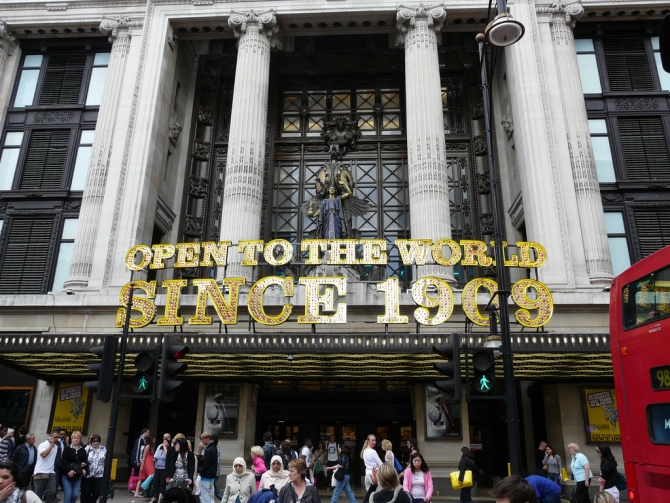Iconic British brands play a huge part in the country’s economy, with both domestic customers and visitors from overseas attracted to the established prestige of stores such as Fortnum and Mason, Harrods and Selfridges. The latter has particularly enjoyed the fall-out from popular television show Mr Selfridge this year, with footfall and sales both on the up as customers flock to the century old Oxford Street department store.

As a result of this demand, Selfridges has applied for planning permission to overhaul the SWOD building at the rear of the main store. This was granted yesterday with Westminster Councillors approving a number of aspects set to transform the consumer experience.
The greatest change, estimated to come at a cost of around £10 million, will undoubtedly be the rebuilding of the SWOD building. This will allow Selfridges to utilise space more cleverly within the modern construction, creating more commercial space and allowing the department store to attract higher numbers of concessionary brands.
Planning permission was also granted for an additional floor to be added to the grander Oxford Street building. Although the commercial property is Grade II listed, the new floor will be to the rear of the building and so will not impact upon the neo-classical frontage which dates back to 1909.
In addition, a new customer entrance will be created on Duke Street to improve accessibility to the store. The façade will be decorated with stone and bronze framing in keeping with the design of both the new building and Selfridges’ main store.
Finally, a tunnel will be built between the SWOD building and the adjacent Nations House building – which is also owned by Selfridges – in order to create a new staff entrance on Wigmore Street.
Fortunately, the project should not have too great an impact upon customers and retailers operating within the main property, although the concessions within the SWOD building will presumably be relocated whilst construction work is ongoing. This may seem like something of a risk with the peak summer tourism season looming but, with the department store’s popularity assured, if the gamble pays off Selfridges could well reap the benefits for decades to come.
Previous Post
Fashion Sales boost Retail Performance in March